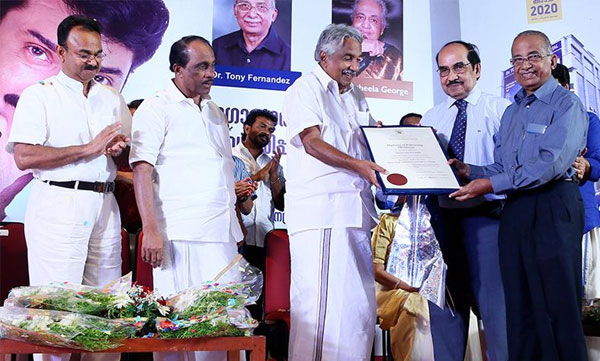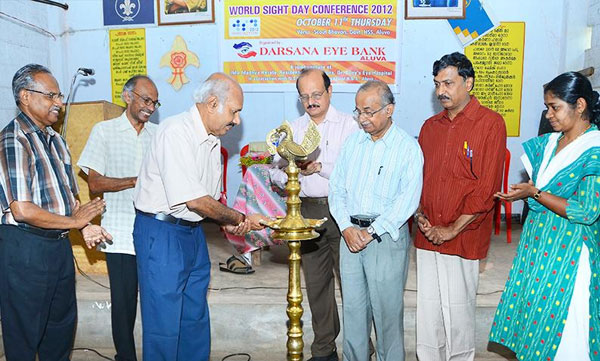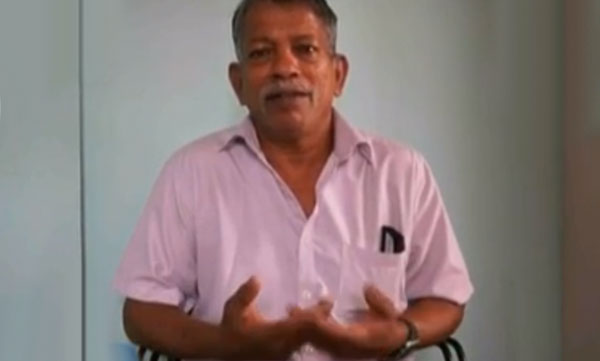Retinopathy
Retinopathy is the disease which damages the retina. Retina is the part located inside the eye which senses light. Different types of diseases may cause retinopathy. There will be complete or partial loss of vision. Retinopathy may develop suddenly or slowly, and can become better on its own or they may lead to permanent damage. Retina consists of many blood vessels. Abnormalities of these blood vessels is the major cause of the retinopathy.
There are many types of retinopathy, which includes:
Retinopathy of prematurity (ROP): ROP may occur in some infants who are born prematurely or at low birth weight. When the child is born too early, retinal blood vessels won’t have time to finish growing properly. In the initial stages of ROP, there will be only subtle changes & no obvious symptoms. But in more advanced stages, the retina will become detached, which will cause blindness.
Diabetic retinopathy: Diabetic retinopathy develops in the people with type 1 or type 2 diabetes. It will takes years to develop. 2 kinds of diabetic retinopathy has the potential to diminish the vision:
- In non-proliferative retinopathy, blood vessels in the retina will deteriorate. Deteriorating blood vessels may become deformed or blocked. Fluids, fats & proteins will leak out from abnormal blood vessels. Fluid gets collect in the retina. This swelling impairs the sharp vision.
- In proliferative retinopathy, new, structurally unstable blood vessels will grow on the surface of the retina. This unstable blood vessels may cause frequent and minor bleeding. This bleeding may cause local irritation & scarring.
To know more on Treatment on Diabetic Retinopathy
Hypertensive retinopathy: Hypertensive retinopathy may occur in the people who are suffering with high blood pressure. High blood pressure may causes blood vessel abnormalities. Abnormalities include thickening of small arteries, blockages of the retinal blood vessels & bleeding. Unexpected severe high blood pressure will cause swelling of optic nerve. People suffering with this disease may frequently have no symptoms in the initial stages. It will be discovered during the routine eye exam.
Central serous retinopathy: Central serous retinopathy starts for reasons which will not be well understood. In this condition, fluid accumulates in the membrane behind the retina. This fluid seeps in between the layers of retina & causes them to separate. This results in a blurred vision or poor night vision.
SYMPTOMS:
Retinopathy of prematurity — There won’t be any outward physical signs. Only an experienced ophthalmologist will able to find out signs of this illness.
Diabetic retinopathy — Symptoms will not be noticed till the late stages of the illness. Symptoms which include:
- Blurred vision
- Sudden loss of the vision in one or both eyes
- Black spots
- Flashing lights
- Difficulty in reading or seeing detailed work
Hypertensive retinopathy — There won’t be usually any symptoms. Some people may complain of blurred vision.
Central serous retinopathy — Symptoms include:
- Blurred or dim vision, rarely coming on suddenly
- Blind spots
- Distorted shapes
- Reduced visual sharpness
DIAGNOSIS:
Retinopathy of prematurity — An Ophthalmologist will examine the inside of the eye to see the abnormalities.
Diabetic retinopathy — An Ophthalmologist will examine the retina & inside of the eye using a lighted instrument known as an ophthalmoscope. A dye can be used to reveal the leaky blood vessels.
Hypertensive retinopathy — An Ophthalmologist will examine the eye with the help of an ophthalmoscope. He or she looks for white or pale areas of the retina. These areas were pale since they won’t get enough amount blood.
The doctor may also observe bleeding which was coming from the ruptured blood vessels or swelling of the retina or optic nerve.
Central serous retinopathy — A doctor or ophthalmologist uses an ophthalmoscope to detect fluid in between the layers of retina.










 I am Nimitha, before Lasik, I am very difficult to see and difficult to handle contact lens and specs. After the lasik treatment I am very relaxed.
I am Nimitha, before Lasik, I am very difficult to see and difficult to handle contact lens and specs. After the lasik treatment I am very relaxed. 